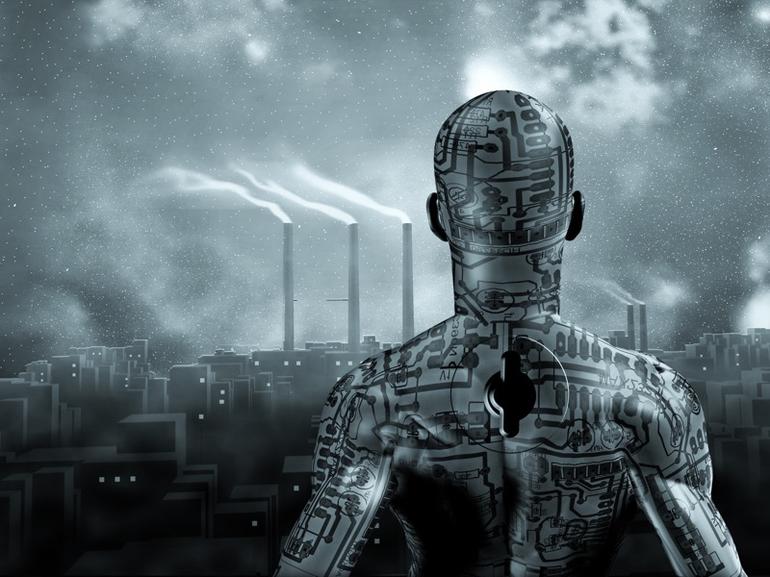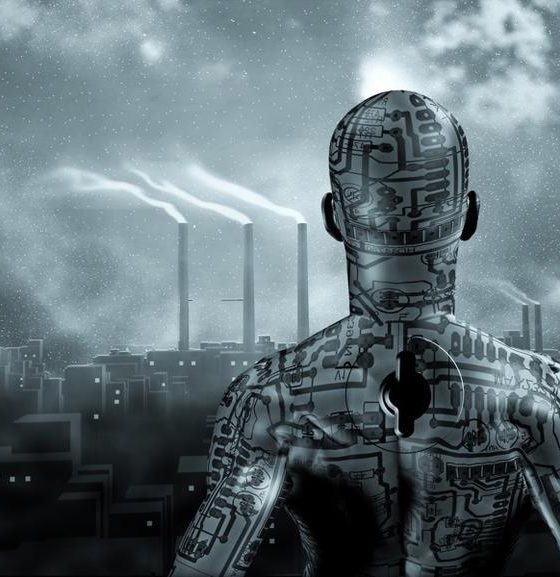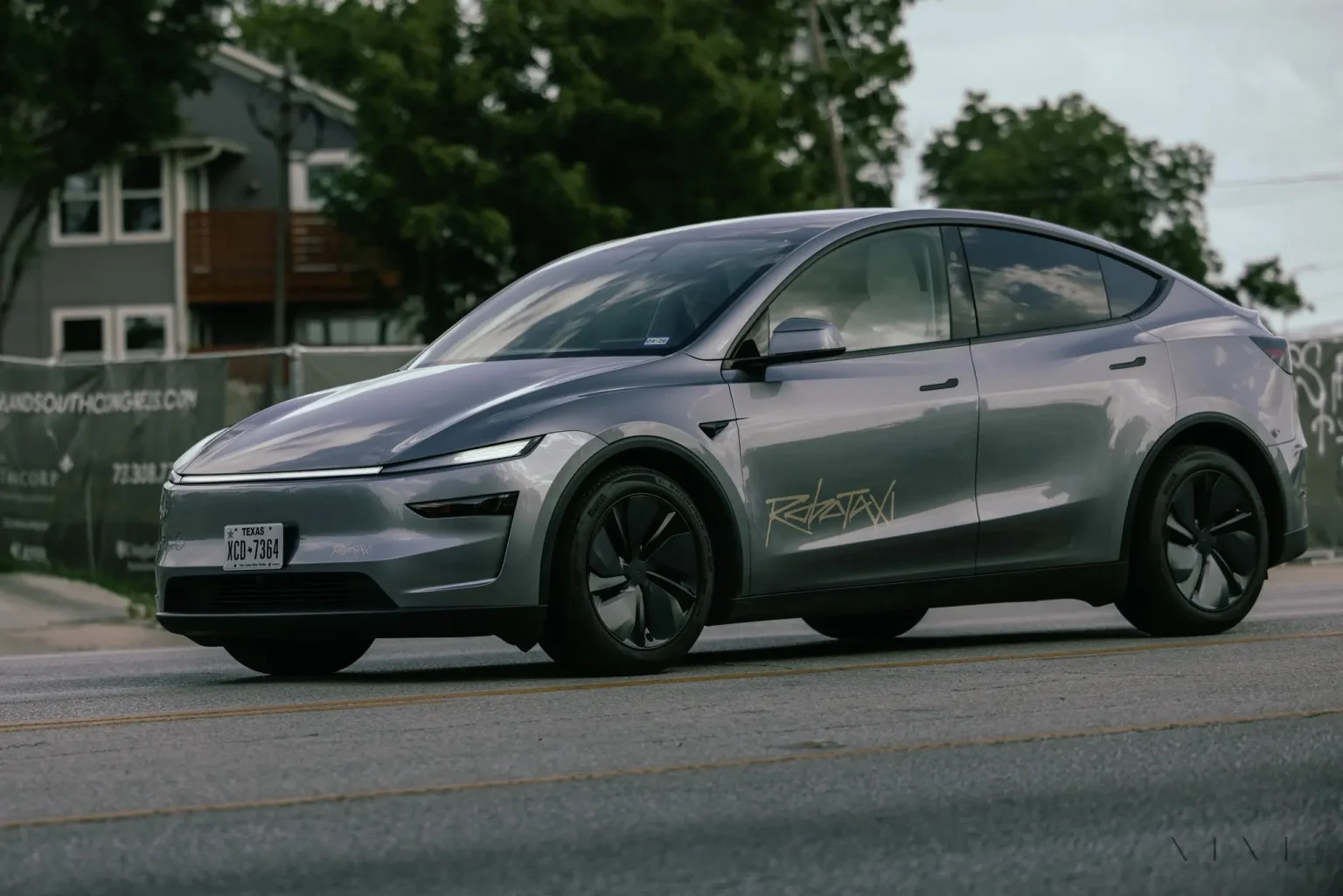

News
AI will foster an era of ‘superhuman’ workers, says Google X founder
During the 2018 World Government Summit in Dubai this week, Google X co-founder Sebastian Thurn stated that artificial intelligence innovations would usher in an era of “superhuman” workers who are capable of doing far more work than what is conventionally possible.
Thurn asserted that AI-based solutions, no matter how advanced, are tools designed to augment the productivity of humans. Thus, instead of rendering human workers obsolete, AI would likely help humans achieve greater work efficiency.
“AI is a tool and what AI can do really, really well is getting rid of repetitive work. So, if you are a worker, say a medical doctor or a lawyer who spends day in and day out doing the same thing, then having AI look over your shoulder and learn those skills from you will make you a superhuman, a more powerful person,” he said, according to a Futurism report.
Thurn, however, did admit that some trades in the workforce are bound to be adversely affected by the incoming AI revolution. The Google X executive believes that this change would present an opportunity for humanity to transition into a creative society.
“Now, that means that some jobs will go away, very repetitive work, of course. But it will be replaced by created work, so we have to move from a repetitive working society into a creative society where we invent new things,” he said.
The Google X co-founder’s optimistic outlook mirrors that of futurist Ray Kurzweil, who issued equally optimistic expectations for AI during a discussion held at the Council of Foreign Relations last November. During his talk, Kurzweil stated that artificial intelligence has the potential to “enhance” humanity.
“My view is not that AI is going to displace us. It’s going to enhance us. It does already,” Kurzweil said.
The idea of AI-powered technologies becoming mainstream has become a particularly tricky issue among many notable voices in the scientific field, with individuals such as physicist Stephen Hawking and SpaceX CEO Elon Musk issuing warnings about the dangers of unregulated AI solutions. For Musk, the race towards AI superiority among the world’s superpowers would likely be the trigger for a global armed conflict. Other critics of AI believe that intelligent technologies would be the end of entry-level jobs as we know it.
If the Google X co-founder’s viewpoints are proven right, however, a lot of these reservations and fears are unwarranted.
Considering that artificial intelligence has the potential to be both beneficial and detrimental to society, a number of AI-based initiatives have been started over the past few years. Among these is OpenAI, a research firm co-founded by Tesla and SpaceX CEO Elon Musk that aims to ensure that bleeding edge AI is used for the benefit of society as a whole. As we stated in a previous report, OpenAI has recently increased its hiring efforts, seemingly as a way to further its push to build safe, intelligent solutions.

News
Tesla FSD fleet is nearing 7 billion total miles, including 2.5 billion city miles
As can be seen on Tesla’s official FSD webpage, vehicles equipped with the system have now navigated over 6.99 billion miles.

Tesla’s Full Self-Driving (Supervised) fleet is closing in on almost 7 billion total miles driven, as per data posted by the company on its official FSD webpage.
These figures hint at the massive scale of data fueling Tesla’s rapid FSD improvements, which have been quite notable as of late.
FSD mileage milestones
As can be seen on Tesla’s official FSD webpage, vehicles equipped with the system have now navigated over 6.99 billion miles. Tesla owner and avid FSD tester Whole Mars Catalog also shared a screenshot indicating that from the nearly 7 billion miles traveled by the FSD fleet, more than 2.5 billion miles were driven inside cities.
City miles are particularly valuable for complex urban scenarios like unprotected turns, pedestrian interactions, and traffic lights. This is also the difference-maker for FSD, as only complex solutions, such as Waymo’s self-driving taxis, operate similarly on inner-city streets. And even then, incidents such as the San Francisco blackouts have proven challenging for sensor-rich vehicles like Waymos.
Tesla’s data edge
Tesla has a number of advantages in the autonomous vehicle sector, one of which is the size of its fleet and the number of vehicles training FSD on real-world roads. Tesla’s nearly 7 billion FSD miles then allow the company to roll out updates that make its vehicles behave like they are being driven by experienced drivers, even if they are operating on their own.
So notable are Tesla’s improvements to FSD that NVIDIA Director of Robotics Jim Fan, after experiencing FSD v14, noted that the system is the first AI that passes what he described as a “Physical Turing Test.”
“Despite knowing exactly how robot learning works, I still find it magical watching the steering wheel turn by itself. First it feels surreal, next it becomes routine. Then, like the smartphone, taking it away actively hurts. This is how humanity gets rewired and glued to god-like technologies,” Fan wrote in a post on X.
News
Tesla starts showing how FSD will change lives in Europe
Local officials tested the system on narrow country roads and were impressed by FSD’s smooth, human-like driving, with some calling the service a game-changer for everyday life in areas that are far from urban centers.

Tesla has launched Europe’s first public shuttle service using Full Self-Driving (Supervised) in the rural Eifelkreis Bitburg-Prüm region of Germany, demonstrating how the technology can restore independence and mobility for people who struggle with limited transport options.
Local officials tested the system on narrow country roads and were impressed by FSD’s smooth, human-like driving, with some calling the service a game-changer for everyday life in areas that are far from urban centers.
Officials see real impact on rural residents
Arzfeld Mayor Johannes Kuhl and District Administrator Andreas Kruppert personally tested the Tesla shuttle service. This allowed them to see just how well FSD navigated winding lanes and rural roads confidently. Kruppert said, “Autonomous driving sounds like science fiction to many, but we simply see here that it works totally well in rural regions too.” Kuhl, for his part, also noted that FSD “feels like a very experienced driver.”
The pilot complements the area’s “Citizen Bus” program, which provides on-demand rides for elderly residents who can no longer drive themselves. Tesla Europe shared a video of a demonstration of the service, highlighting how FSD gives people their freedom back, even in places where public transport is not as prevalent.
What the Ministry for Economic Affairs and Transport says
Rhineland-Palatinate’s Minister Daniela Schmitt supported the project, praising the collaboration that made this “first of its kind in Europe” possible. As per the ministry, the rural rollout for the service shows FSD’s potential beyond major cities, and it delivers tangible benefits like grocery runs, doctor visits, and social connections for isolated residents.
“Reliable and flexible mobility is especially vital in rural areas. With the launch of a shuttle service using self-driving vehicles (FSD supervised) by Tesla in the Eifelkreis Bitburg-Prüm, an innovative pilot project is now getting underway that complements local community bus services. It is the first project of its kind in Europe.
“The result is a real gain for rural mobility: greater accessibility, more flexibility and tangible benefits for everyday life. A strong signal for innovation, cooperation and future-oriented mobility beyond urban centers,” the ministry wrote in a LinkedIn post.
News
Tesla China quietly posts Robotaxi-related job listing
Tesla China is currently seeking a Low Voltage Electrical Engineer to work on circuit board design for the company’s autonomous vehicles.

Tesla has posted a new job listing in Shanghai explicitly tied to its Robotaxi program, fueling speculation that the company is preparing to launch its dedicated autonomous ride-hailing service in China.
As noted in the listing, Tesla China is currently seeking a Low Voltage Electrical Engineer to work on circuit board design for the company’s autonomous vehicles.
Robotaxi-specific role
The listing, which was shared on social media platform X by industry watcher @tslaming, suggested that Tesla China is looking to fill the role urgently. The job listing itself specifically mentions that the person hired for the role will be working on the Low Voltage Hardware team, which would design the circuit boards that would serve as the nervous system of the Robotaxi.
Key tasks for the role, as indicated in the job listing, include collaboration with PCB layout, firmware, mechanical, program management, and validation teams, among other responsibilities. The role is based in Shanghai.
China Robotaxi launch
China represents a massive potential market for robotaxis, with its dense urban centers and supportive policies in select cities. Tesla has limited permission to roll out FSD in the country, though despite this, its vehicles have been hailed as among the best in the market when it comes to autonomous features. So far, at least, it appears that China supports Tesla’s FSD and Robotaxi rollout.
This was hinted at in November, when Tesla brought the Cybercab to the 8th China International Import Expo (CIIE) in Shanghai, marking the first time that the autonomous two-seater was brought to the Asia-Pacific region. The vehicle, despite not having a release date in China, received a significant amount of interest among the event’s attendees.








